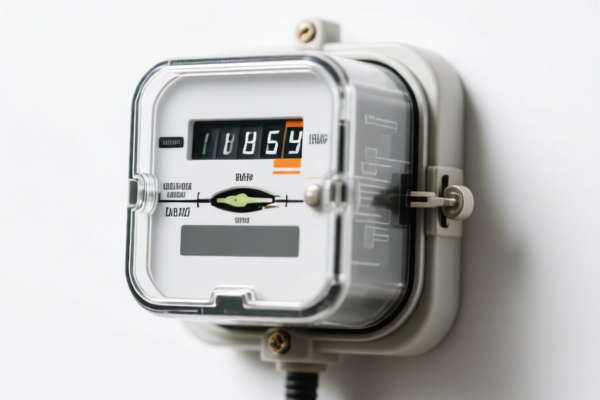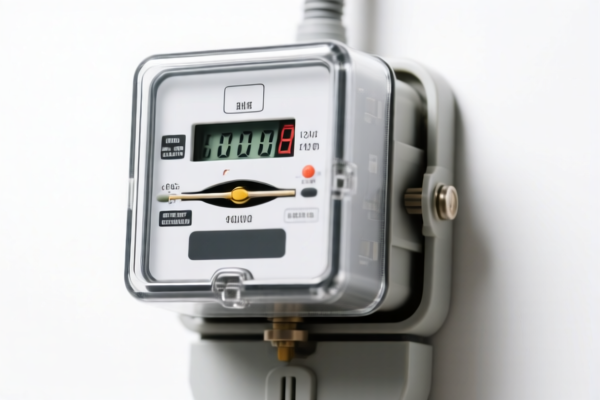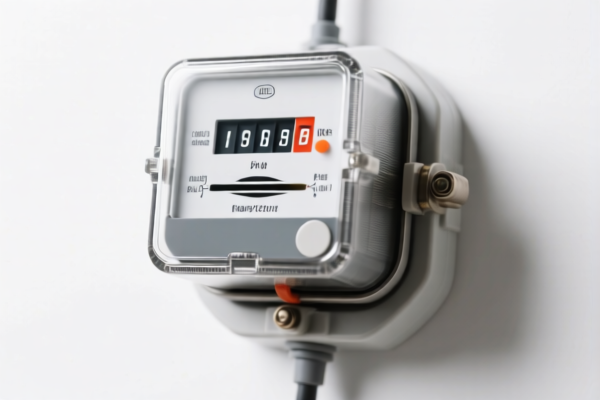| HS Code | Official Doc | Tariff Rate | Origin | Destination | Effective Date |
|---|---|---|---|---|---|
| 9028300000 | Doc | 55.0% | CN | US | 2025-05-12 |
| 9028900040 | Doc | 55.0% | CN | US | 2025-05-12 |
| 8543708000 | Doc | 55.0% | CN | US | 2025-05-12 |
| 8543709860 | Doc | 57.6% | CN | US | 2025-05-12 |
| 8507908000 | Doc | 58.4% | CN | US | 2025-05-12 |
| 8507904000 | Doc | 58.5% | CN | US | 2025-05-12 |




Digital Display Electric Meter
A digital display electric meter (also known as a smart meter or electronic meter) is a device used to measure the electrical energy consumed by a residence, business, or industrial facility. It replaces traditional analog (ferrara disc) meters with a digital interface for displaying energy usage.
Material:
- Housing: Typically constructed from flame-retardant plastics (polycarbonate or ABS) for durability and safety.
- Internal Components: Utilize integrated circuits, microprocessors, and current/voltage transformers for accurate measurement and processing. Printed circuit boards (PCBs) are fundamental.
- Display: Liquid Crystal Displays (LCD) or Light Emitting Diodes (LEDs) are common for visual readout.
- Metering Element: Current transformers (CTs) and potential transformers (PTs) are used to step down high currents and voltages to measurable levels.
- Communication Modules: (in smart meters) Include components for wireless or wired communication, such as radio frequency (RF) transceivers, cellular modules, or Ethernet interfaces.
Purpose:
The primary purpose is to accurately measure and record electrical energy consumption for billing purposes. More advanced smart meters offer functionalities beyond basic billing, enabling features like:
- Remote Reading: Eliminates the need for manual meter readings.
- Time-of-Use (TOU) Metering: Records energy consumption at different rates based on time of day, encouraging off-peak usage.
- Demand Response: Facilitates communication between the utility and the consumer to manage peak load.
- Outage Detection: Automatically reports power outages to the utility.
- Energy Monitoring: Provides consumers with detailed information about their energy usage patterns.
Function:
Digital display electric meters operate by:
- Current and Voltage Sensing: CTs and PTs transform high currents and voltages into lower, measurable values.
- Analog-to-Digital Conversion: The analog signals from the CTs and PTs are converted into digital data by an analog-to-digital converter (ADC).
- Energy Calculation: A microprocessor calculates the energy consumed by multiplying voltage, current, and time.
- Data Storage: The energy data is stored in the meter's memory.
- Display: The energy data is displayed on the digital interface.
- Communication: (Smart meters) Data is transmitted to the utility via a communication network.
Usage Scenarios:
- Residential: Measuring electricity usage in homes for monthly billing.
- Commercial: Tracking energy consumption in businesses, offices, and retail stores.
- Industrial: Monitoring energy usage in factories, manufacturing plants, and large facilities.
- Substations: Measuring energy flow at various points in the power grid.
- Renewable Energy Systems: Measuring energy generated and consumed by solar panels, wind turbines, and other renewable sources (often bidirectional meters).
Common Types:
- Single-Phase Meters: Used in residential applications with a single-phase power supply.
- Three-Phase Meters: Used in commercial and industrial applications with a three-phase power supply.
- Smart Meters: Include communication capabilities for remote reading and advanced features.
- Prepayment Meters: Allow consumers to pay for electricity in advance.
- Net Meters: Measure energy flow in both directions, used with renewable energy systems to track excess energy generated and sent back to the grid.
- Time-of-Use (TOU) Meters: Record energy consumption at different rates based on time of day.
- Interval Meters: Record energy consumption at regular intervals (e.g., every 15 minutes) to provide detailed usage data.
- Solid-State Meters: Utilize electronic components entirely, without any moving parts.
Digital display electric meters fall under the category of instruments used for measuring gas, liquid, or electricity supply or production. Here are the relevant HS codes based on the provided information:
- 9028300000: This HS code covers Electricity meters. This is a direct match for electric meters, regardless of whether they have a digital display.
- 90: Chapter 90 – Instruments and apparatus which measure, check, weigh or count.
- 28: Heading 28 – Instruments and apparatus which measure, check, weigh or count – Meters for gas, liquid or electricity.
- 300000: Subheading 300000 – Electricity meters.
- 9028900040: This HS code covers Parts and accessories Of electricity meters. If the digital display is being imported as a separate component or replacement part for an electric meter, this code applies.
- 90: Chapter 90 – Instruments and apparatus which measure, check, weigh or count.
- 28: Heading 28 – Instruments and apparatus which measure, check, weigh or count – Meters for gas, liquid or electricity.
- 900040: Subheading 900040 – Parts and accessories Of electricity meters.
Tax Information:
Both HS codes currently have a base tariff of 0.0%, a surcharge of 25.0%, and a surcharge of 30.0% effective April 2, 2025, resulting in a total tariff of 55.0%.
Important Note:
The total tariff for both HS codes will increase to 55.0% on April 2, 2025.
Customer Reviews
No reviews yet.